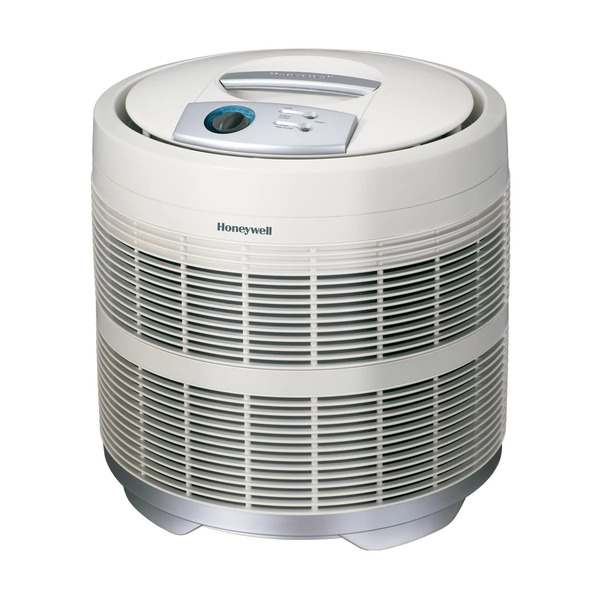The pervasive issue of microplastic exposure was highlighted at the recent 2024 Paris Olympic Games, where concession stands served drinks in reusable plastic “eco-cups.” While some event-goers returned these cups for a deposit, most discarded them, underscoring a global problem. This incident serves as a start reminder of how deeply ingrained plastic has become in our daily lives and the potential health risks associated with its widespread use.
Contents
- 1 Understanding Microplastics: From Polymer Particles to Nanoplastic
- 2 Routes of Microplastic Exposure: Ingestion, Inhalation, and Dermal Contact
- 3 Health Impacts: From Digestive Disruption to Cardiovascular Risks
- 4 Water Filtration: Key Strategies to Reduce Plastic Contamination
- 5 Air Purification: Challenges in Combating Airborne Synthetic Debris
- 6 Everyday Actions to Minimize Microplastic Exposure
- 7 Author
Understanding Microplastics: From Polymer Particles to Nanoplastic
Plastic, a synthetic material derived from fossil fuels, has become ubiquitous due to its versatility, durability and low cost. The average American now produces approximately 485 pounds of plastic waste annually, contributing to a growing environmental and health crisis. As larger plastic items break down, they form microplastic (less than 4 millimeters) and nanoplastics (less than 1 micrometer), which pose significant health concerns.

Routes of Microplastic Exposure: Ingestion, Inhalation, and Dermal Contact
Human exposure to microplastics occurs through three main routes: ingestion, inhalation, and dermal contact. Ingestion, primarily through contaminated food and water, accounts for about 75% of microplastic exposure. The digestive system bears the blunt of this exposure, with potential damage to the digestive lining and disruption of the gut microbiome. Moreover, the endocrine system may be particularly vulnerable to micro and nanoplastics, as these materials often contain chemicals that interfere with hormone function, potentially affecting reproductions and metabolism. Learn more about Ritual Multi Vegan Supplements.
Health Impacts: From Digestive Disruption to Cardiovascular Risks
The cardiovascular system is another area of concern when it comes to microplastic exposure. These tiny polymer particles may contribute to inflammation, oxidative stress, and even increase the risk of blood clots. Such effects can elevate the likelihood of heart disease, stroke and cardiovascular complications. Oxidative stress is the imbalance of free radicals and antioxidants in the body that leads to cell damage. While ingestion is the primary route of exposure, inhalation of microplastics poses an even greater danger, accounting for an estimated 15 – 25% of total exposure. Transform your Health with Ora Organic.
Airborne microplastics can penetrate deep into our lungs, causing inflammation and oxidative stress. The respiratory system lacks the protective mechanisms present in the digestive tract, making inhaled microplastics potentially more harmful. Dermal absorption, while generally considered the least dangerous route, still presents a risk, particularly through the use of cosmetic products containing microplastics. See Osprey Lifestyle gear for hiking, biking and travel.
Water Filtration: Key Strategies to Reduce Plastic Contamination
To reduce microplastic exposure in daily life, several steps can be taken. Since ingestion is the primary route of exposure, utilizing an effective water filtration system is crucial. Reverse osmosis (RO) systems are among the most effective methods for removing microplastics in water. These systems can block particles larger than water molecules and remove various contaminants, including microplastics. Alternatively, activated carbon filters, while not as effective as RO systems in capturing nanoplastics, can still provide some level of protection.
Air Purification: Challenges in Combating Airborne Synthetic Debris
Addressing inhalation, the most dangerous method of microplastic exposure, proves challenging. While several types of air purification systems exist for home use, none are currently effective in capturing nanoplastics. HEPA filters (High Efficiency Particulate Air) can capture particles as small as 0.3 microns, making them somewhat effective against larger microplastics. Basic fiberglass or pleated filters, while less effective than HEPA systems, are more affordable and widely used in HVAC systems, offering some protection against plastic waste and other synthetic debris.
Everyday Actions to Minimize Microplastic Exposure
In the home, avoiding heating food in plastic containers and using non-plastic alternatives for cooking and food preparation can help reduce the leaching of microplastics into food. The plastic waste consideration extends to PFAs (Per and Polyfluoralkyl substances), which, while not typically considered plastics, can be found in microplastics and linked to adverse health effects.

The breakdown of plastics into micro and nanoplastics has become a significant health consideration in our quest for wellness. Recent events, such as the 2023 Summer Olympics in Paris, have helped underscore this issue. While this article highlighted interventions that may ameliorate problems associated with microplastic exposure, it’s important to note that this information is for educational purposes only. For personalized advice and evaluation, it’s crucial to consult with your general care physician.
Barry Schustermann
Follow me on X @BarrySchust
Follow me on Facebook @Barry Schustermann
External References:
- For information on microplastic production and environmental impact:
https://www.nature.com/articles/s41598-020-61146-4 - Regarding human exposure routes to microplastics:
https://www.sciencedirect.com/science/article/pii/S0048969720374039 - On the health effects of microplastics, particularly on the cardiovascular system:
https://www.sciencedirect.com/science/article/pii/S0048969720374039 - For information on water filtration systems and their effectiveness against microplastics:
https://www.epa.gov/sciencematters/reducing-exposure-microplastics-drinking-water - On air purification systems and their effectiveness against microplastics:
https://www.epa.gov/indoor-air-quality-iaq/air-cleaners-and-air-filters-home




1 thought on “The Pervasive Threat of Microplastic Exposure: Unveiling the Hidden Danger”
Comments are closed.